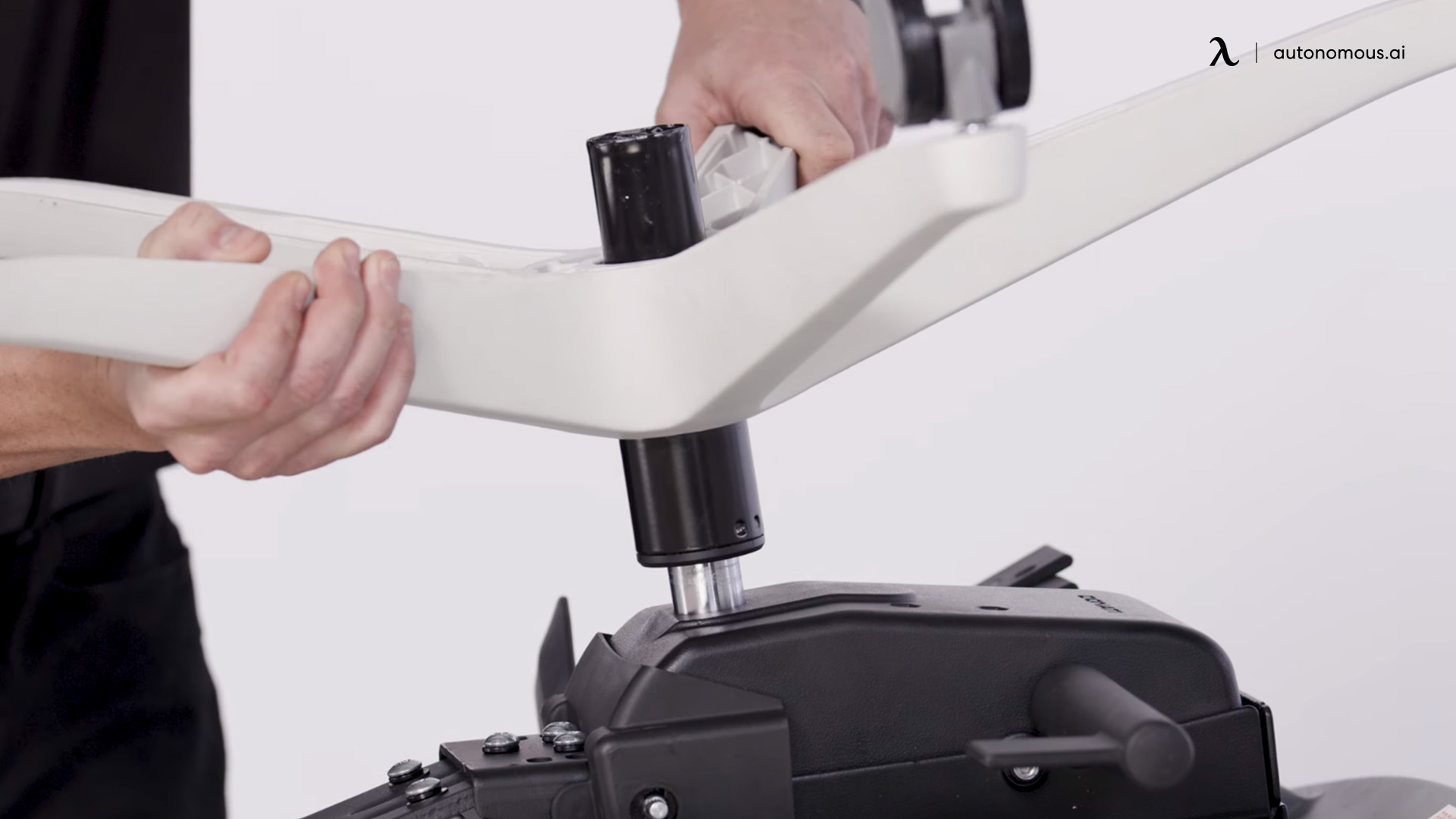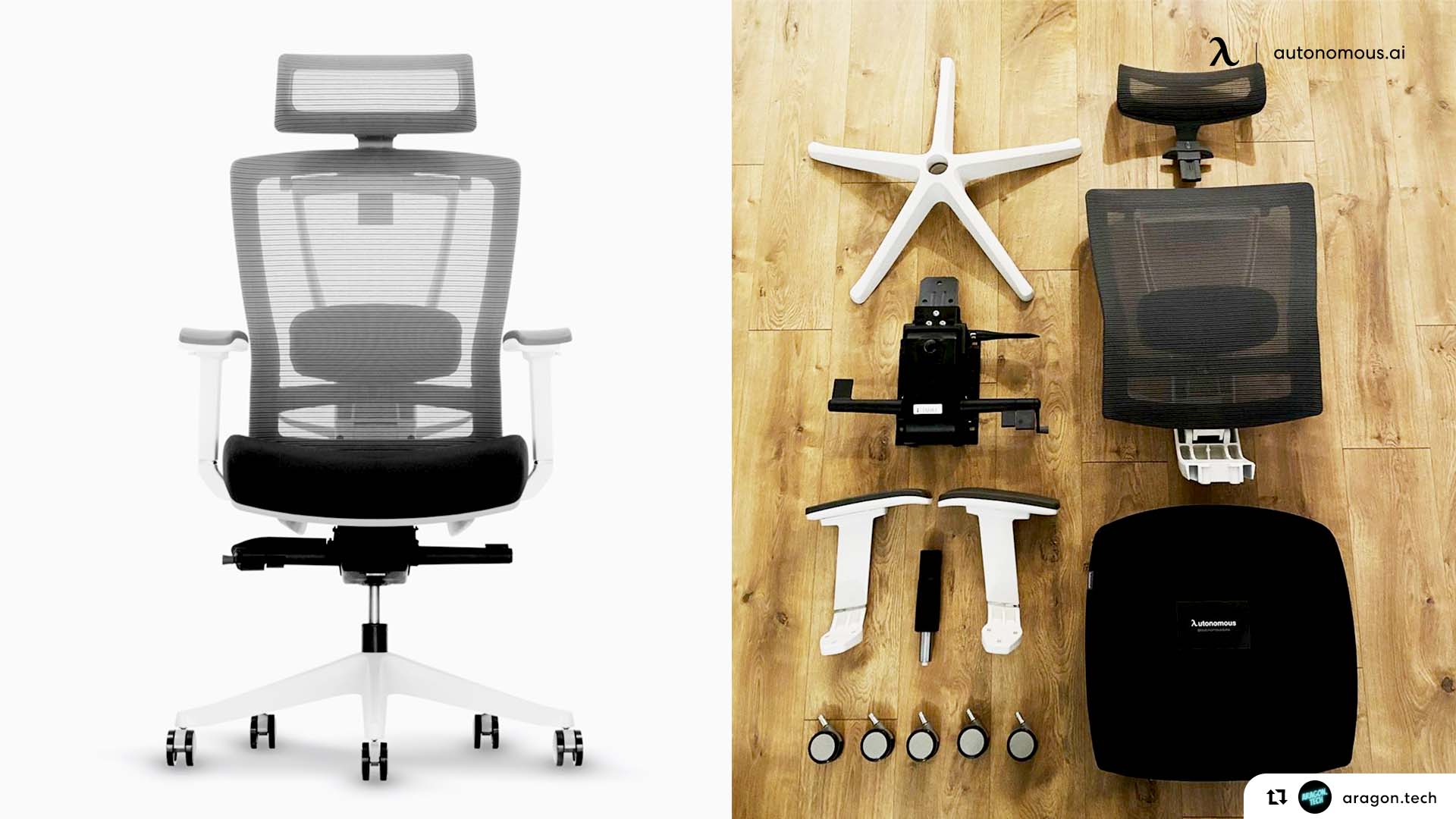Disassembling a Desk Chair: Take Apart Desk Chair

The graceful arc of a well-used office chair, a silent sentinel of countless hours spent toiling away, often hides a surprisingly intricate internal structure. Understanding this structure allows for efficient repair, repurposing, or simply a more profound appreciation for the mechanics of everyday objects. Disassembling a desk chair is a rewarding process, revealing the elegant simplicity within the seemingly complex whole.
Disassembling a Desk Chair: A Step-by-Step Guide
This guide provides a methodical approach to disassembling a typical office desk chair. Remember to always prioritize safety and work in a well-lit area.
Take apart desk chair – The following tools may be necessary, depending on your chair’s design:
- Phillips head screwdriver
- Flathead screwdriver
- Adjustable wrench
- Pliers
| Step | Action | Tools | Potential Difficulties |
|---|---|---|---|
| 1 | Invert the chair and remove the base from the cylinder. This usually involves unscrewing bolts or releasing clips. | Phillips head screwdriver, adjustable wrench | Stripped screws, stubborn clips. Use penetrating oil if screws are difficult to remove. |
| 2 | Remove the seat from the chair’s frame. This often requires removing screws or bolts connecting the seat to the backrest. | Phillips head screwdriver | Rust or corrosion on fasteners. Apply penetrating oil and allow it to soak before attempting removal. |
| 3 | Separate the backrest from the chair’s frame. This typically involves removing screws or bolts. | Phillips head screwdriver | Tightly fastened bolts. Use a wrench to provide extra leverage if necessary. |
| 4 | Disassemble the armrests (see detailed instructions below). | Phillips head screwdriver, flathead screwdriver, pliers (depending on the method) | Hidden fasteners, fragile plastic parts. Proceed carefully and take photos of each step for reference during reassembly. |
| 5 | Remove the wheels (see detailed instructions below). | Pliers or a small hammer (depending on the wheel type) | Stubborn wheels. Use a lubricant if necessary. |
Armrest Removal Methods
Removing armrests can vary depending on the chair’s design. Three common methods are Artikeld below:
- Screw Removal: Many armrests are attached with screws visible from the underside of the armrest. Use a Phillips head screwdriver to remove these screws, carefully lifting off the armrest. An illustration would show a simple armrest with visible screws circled.
- Clip Removal: Some armrests are secured with plastic clips. A flathead screwdriver can be used to gently pry these clips open, releasing the armrest. Imagine an illustration showing a clip and the screwdriver carefully releasing it, avoiding damage.
- Hidden Fasteners: In more complex designs, fasteners may be hidden under plastic covers or concealed within the armrest structure. Carefully inspect the armrest for small access points or seams. Pliers may be needed to remove stubborn or hidden fasteners. A diagram would depict a hidden screw or bolt behind a removable plastic cap.
Wheel Removal and Replacement
The method for removing wheels depends on the type of wheel.
There are two main types of office chair wheels: stem wheels and plate wheels.
Stem Wheels: These wheels have a metal stem that inserts into the chair’s base. To remove them, use pliers to grip the stem firmly and pull it straight out. An image would depict the pliers gripping the stem of a wheel.
Plate Wheels: These wheels are attached to a metal plate that is secured to the chair’s base. They usually require removing a retaining ring or bolt. A diagram would show the plate wheel and the retaining ring that needs to be removed.
Replacing wheels involves the reverse process. Ensure the new wheels are compatible with your chair’s base.
Reassembly and Maintenance of a Desk Chair

The satisfying click of the final piece, the smooth glide of the wheels – reassembling your desk chair is the culmination of a careful process. This section guides you through the steps, ensuring your chair returns to its former glory, ready to support you through countless hours of work or leisure. Proper maintenance extends the life of your chair, transforming a simple piece of furniture into a reliable companion.
Reassembly Steps
Reassembling your chair is essentially the reverse of disassembly, but a methodical approach prevents frustration. Each step builds upon the previous one, creating a stable and functional structure. Visualize the chair’s completed form to guide your actions.
- Attaching the Seat Pan: Carefully align the seat pan with the chair’s base, ensuring all connecting points are properly engaged. Imagine fitting puzzle pieces together; a slight twist or push might be necessary to secure the connection. A gentle rocking motion can help seat the pan completely.
- Securing the Backrest: With the seat firmly in place, attach the backrest. This often involves inserting pins or bolts into pre-drilled holes. Ensure the backrest is level and properly aligned before tightening any fasteners. A misaligned backrest can lead to discomfort and instability.
- Installing the Gas Lift Cylinder: Carefully insert the gas lift cylinder into the seat pan base. A firm push should suffice; avoid excessive force. Ensure the cylinder is fully seated before moving to the next step. A poorly seated cylinder can cause instability and safety issues.
- Attaching the Wheels: Snap or screw the wheels onto the base of the gas lift cylinder. Make sure each wheel is firmly attached to prevent wobbling. A wobbly wheel can damage your floor and compromise the chair’s stability.
- Final Adjustments: Once all components are attached, inspect the chair for any loose parts or misalignments. Tighten any loose screws or bolts. Test the chair’s functionality, including the gas lift mechanism and wheel movement. A final check ensures a smooth and comfortable experience.
Safety Precautions:
- Always work in a well-lit area.
- Use appropriate tools; avoid using tools that are damaged or unsuitable for the task.
- Wear safety glasses to protect your eyes from flying debris.
- If any parts are damaged, replace them before reassembly.
- Never force any connections; if a part doesn’t fit easily, double-check your alignment.
Chair Component Maintenance
Regular maintenance ensures your chair remains comfortable and functional for years to come. Addressing minor issues promptly prevents larger problems down the line.
- Fabric Cleaning: Vacuum or gently brush the fabric regularly to remove dust and debris. For stains, use a mild detergent and water solution, testing on an inconspicuous area first. Allow the fabric to air dry completely. Excessive moisture can damage the fabric and the underlying padding.
- Wheel Maintenance: Keep the wheels clean and free from debris. Regularly inspect the wheels for any signs of wear or damage. If a wheel becomes stiff, try lubricating it with a silicone-based lubricant. Avoid using oil-based lubricants, as these can attract dust and grime.
- Gas Lift Maintenance: The gas lift cylinder requires minimal maintenance. Avoid excessive force when adjusting the height. If the gas lift becomes stiff or loses its ability to hold height, it may need to be replaced by a professional.
Improved “How to Take Apart a Desk Chair”, Take apart desk chair
Let’s be honest, taking apart a desk chair doesn’t have to be a mystery. It’s like a reverse puzzle, and with a little patience, you’ll be a pro in no time. Forget those robotic instructions; let’s get hands-on! First, you’ll need the right tools—usually just a screwdriver. Start by flipping the chair upside down. Notice those screws holding the base together? Unscrew them carefully. Next, depending on your chair’s design, you might need to remove the seat pan or backrest. Take your time, examine each connection, and work systematically. Remember to keep all the screws and parts organized in a safe place—a container or bag works wonders. Before you know it, you’ll have a pile of parts, ready for cleaning or repair. And that’s it! Simple, right?
